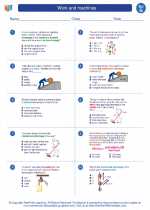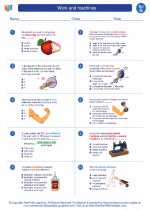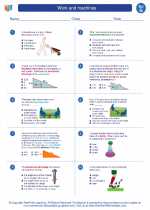Social Behavior
Social behavior refers to the interactions that occur between individuals within a group. This can encompass a wide range of behaviors, including communication, cooperation, competition, and aggression. Social behavior is influenced by a variety of factors, including genetics, environment, and culture.
Key Concepts
- Communication: The exchange of information between individuals, which can occur through vocalizations, body language, or chemical signals.
- Cooperation: Working together towards a common goal, often involving a mutual benefit to the individuals involved.
- Competition: Striving for limited resources, such as food, mates, or territory, which can lead to conflicts between individuals.
- Aggression: Behaviors intended to cause harm or intimidation towards others, often used in the context of defending resources or establishing dominance.
- Altruism: Selfless behaviors that benefit others at a cost to oneself, often observed in social animals.
Factors Influencing Social Behavior
Social behavior is influenced by a variety of factors, including:
- Genetics: Inherited traits can play a role in shaping social behaviors, such as predispositions towards aggression or cooperation.
- Environment: The physical and social environment in which individuals live can impact their social interactions, such as availability of resources and social structure.
- Culture: Cultural norms and values can shape the way individuals interact with one another, influencing social behaviors within a group.
- Development: Social behaviors can also be influenced by an individual's experiences and learning throughout their life, shaping their responses to social cues.
Study Guide
When studying social behavior, consider the following key points:
- What are the different forms of communication observed in social animals? How do these forms of communication contribute to social interactions?
- Give examples of cooperative behaviors in social animals. How do these behaviors benefit the individuals involved?
- What are the potential causes of competition among individuals within a group? How does competition influence social dynamics?
- Describe the role of aggression in social behavior. When is aggression commonly observed, and what are the potential consequences?
- How does culture influence social behavior in human societies? Give examples of cultural norms that shape social interactions.
- Discuss the role of genetics and environment in shaping social behaviors. Provide examples of how these factors can influence social interactions.






